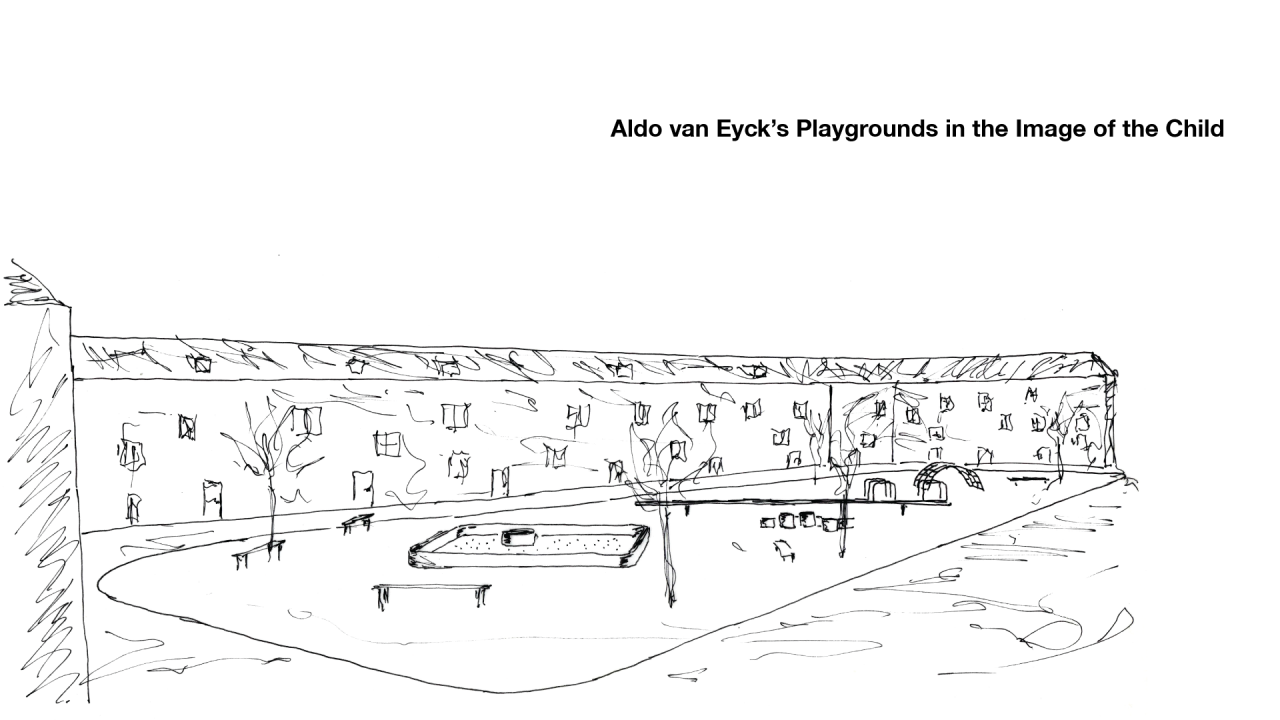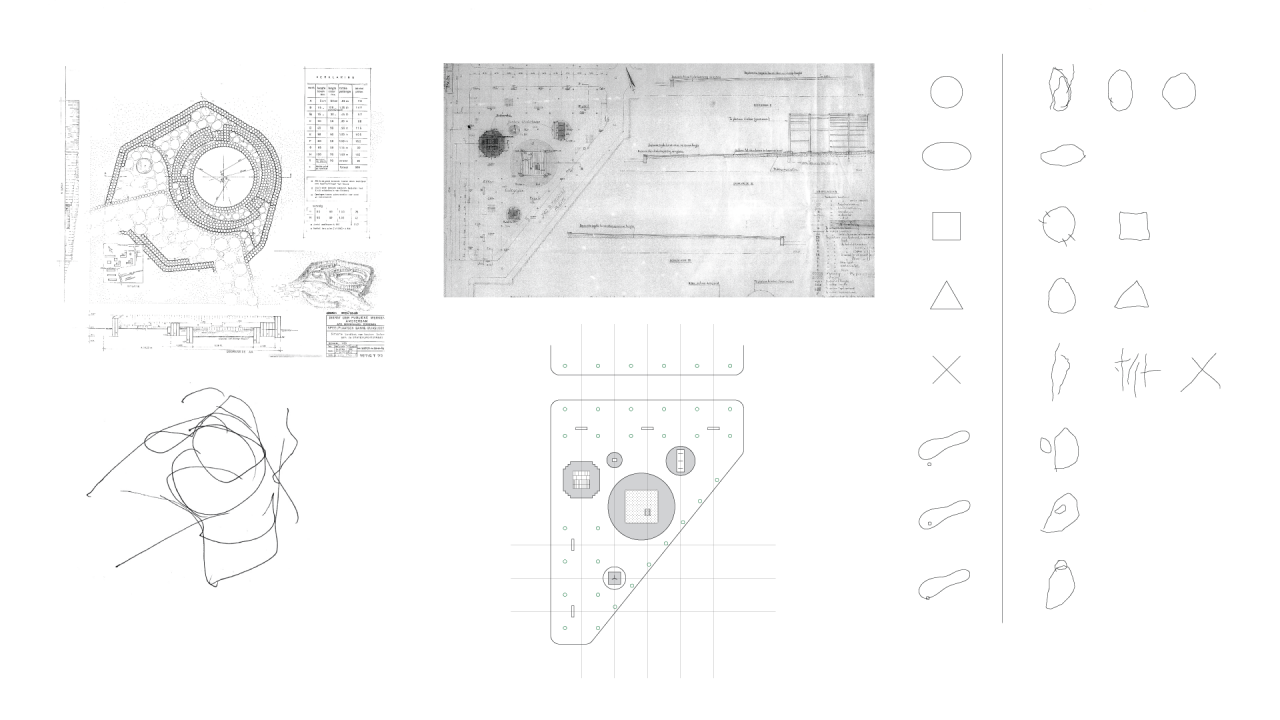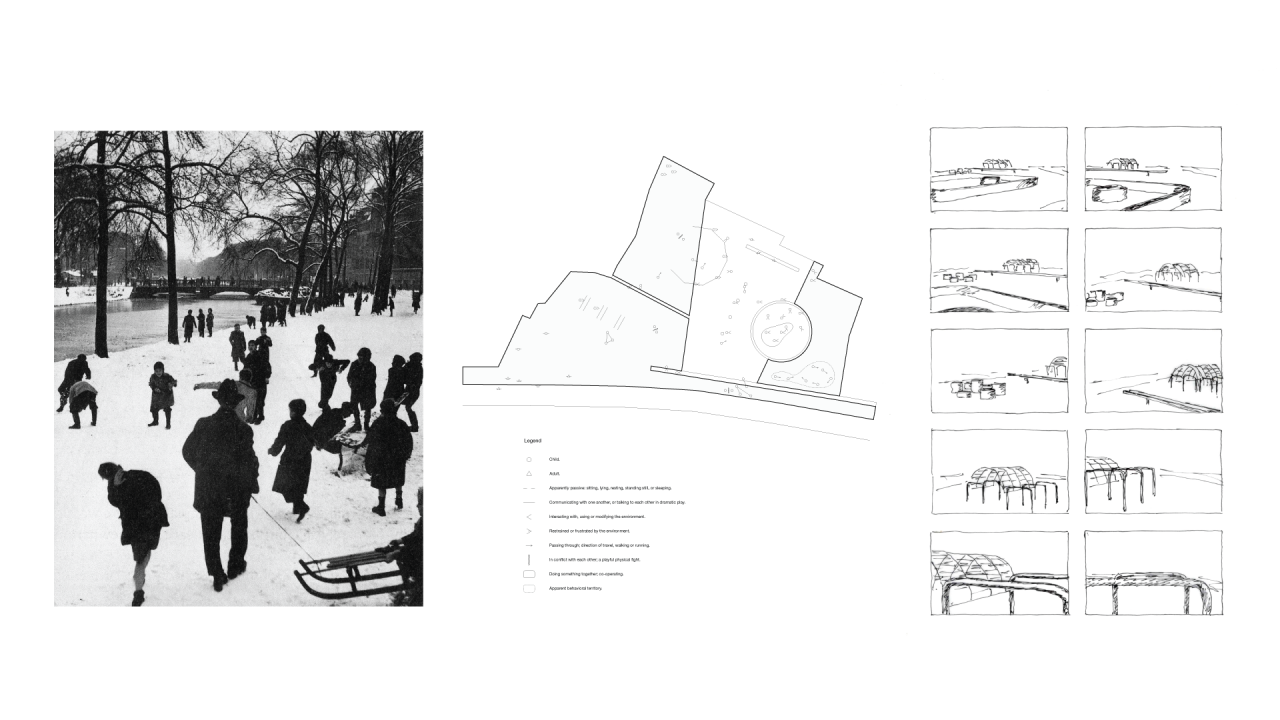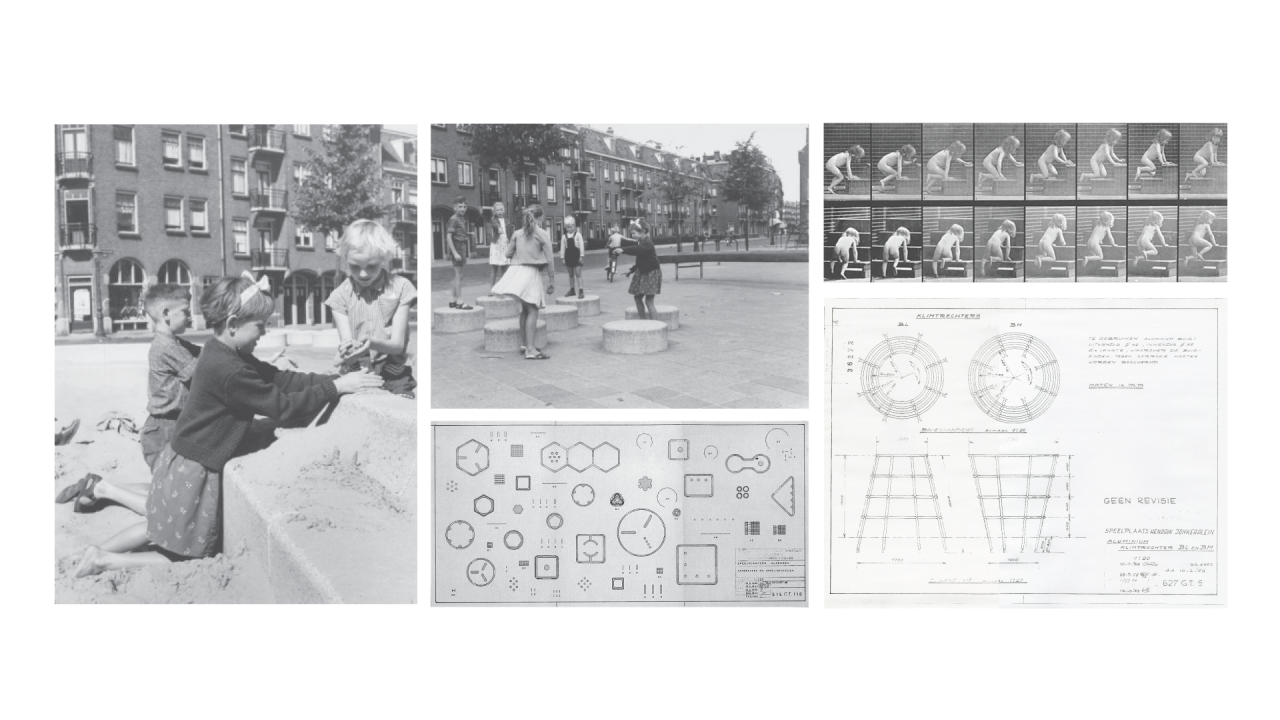Ammar Ahmed, Aldo van Eyck's Playgrounds in the Image of the Child
Faculty Advisor: Prof. Guy Nordenson
Aldo van Eyck (1918-1999) is known for his works with CIAM, Team 10, and the Forum group, but a less well-known part of his oeuvre, though just as important, consists of the more than 700 playgrounds that Van Eyck designed between 1947 and 1978 for Amsterdam. These playgrounds formed a continuous network of places that injected new life into the post-war urban fabric of the city, and places where the children found due recognition as inhabitants of the city.
This thesis studies the relationship between the child and the architecture of Aldo van Eyck’s playgrounds. The child is really the key figure here, and I argue that its ‘image’ or presence is a recurring theme in the spaces, afforded movements, and the play objects of the playgrounds. In the first chapter, I argue that there are formal parallels between the child’s concepts about space and Van Eyck’s playground compositions. Play as a compositional strategy is an important concept. I draw upon a series of Van Eyck’s compositions that are at once playful, spontaneous, and architectural. In the second chapter, I argue that these playgrounds are movement-spaces of transient occupancies and play. To this end, I follow the movement of the child at the scale of the city, the playground and the physical body itself. In the third chapter, I study the agency of objects in child’s play. In case of Van Eyck, these objects do not have any intrinsic meanings or values built into them but for a child they signify both the place of play, and the occasion to play—in the sense that if a child saw a sandpit or a climbing frame around the street corner, it was simply ‘time’ to play. In a way these objects are the activation sites where ‘play’ just occurs. The goal of this thesis is to create an architectural framework—of form, movement and objects—that works at the scale of the child.





